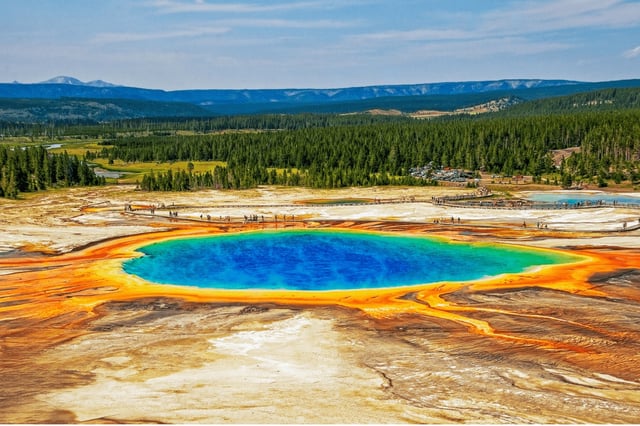Overview
- Scientists used artificial seismic waves and 650 portable seismometers to map Yellowstone’s magma chamber with unprecedented clarity.
- The chamber's upper boundary lies 3.8 kilometers below the surface, sharply delineated from surrounding rock layers.
- The volatile-rich cap comprises 14% porous material, with half filled by molten rock and half by gases and liquids, while 86% of the chamber is solid rock.
- Findings confirm that gas escapes efficiently through geothermal features, reducing eruption risk and indicating Yellowstone is currently stable.
- The study’s methods can be applied to monitor other volcanic systems globally, such as Campi Flegrei in Italy and Santorini in Greece.

